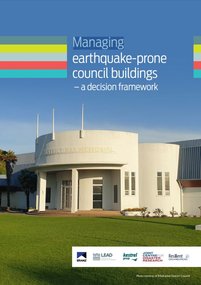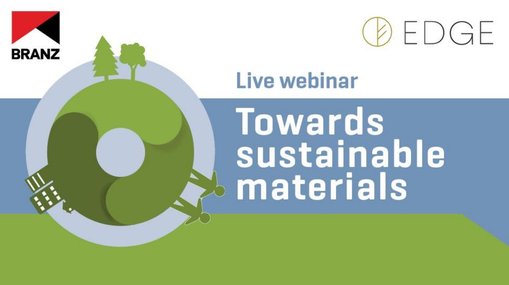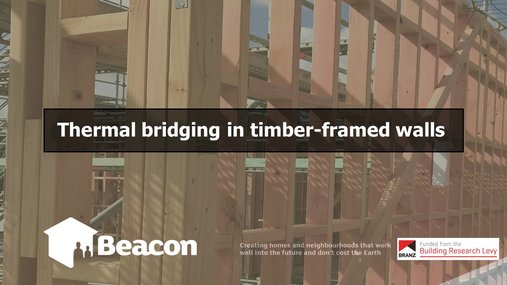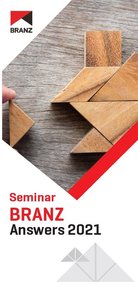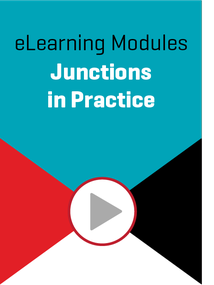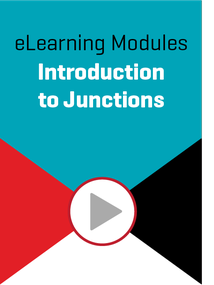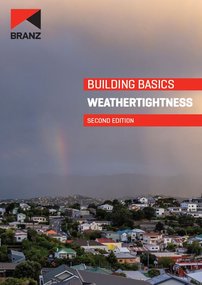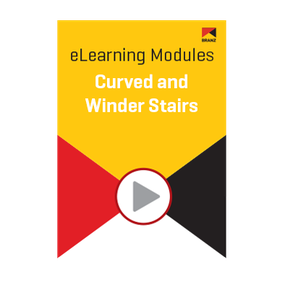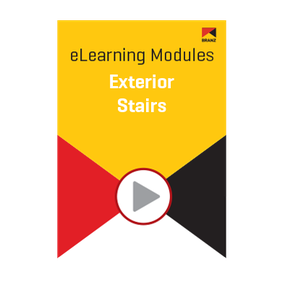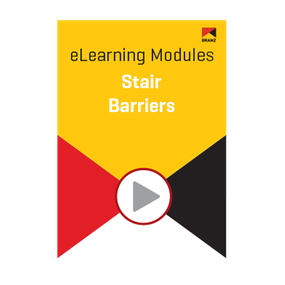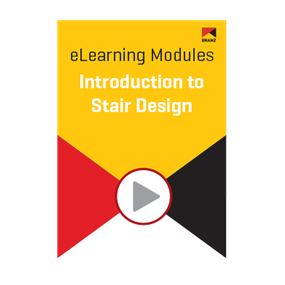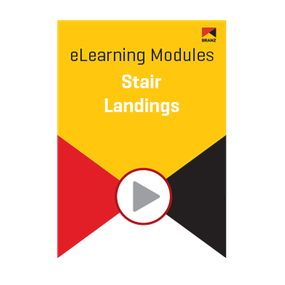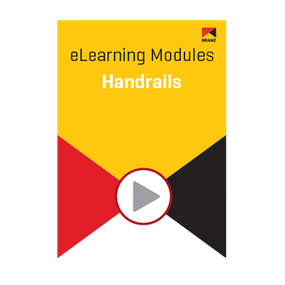Webinar: The Carbon Challenge - Compliance and calculating building carbon footprints
We look at the inter-related topics of compliance and how to calculate carbon footprints.
Please note: that access to this webstream will expire after 1 month.
Webinar: The Carbon Challenge - Carbon and the New Zealand building industry
We explain why we need to act now to reduce carbon emissions and the role that the building and construction industry plays.
Please note: that access to this webstream will expire after 1 month.
CO2RE
Provides calculated carbon footprints per square metre for residential roof, wall and floor constructions, obtained from the BRANZ House Insulation Guide (5th edition).
Disclaimer: Please note that our publications reflect the regulations and best practices on the date of release, which is shown on the publication. As regulations and industry standards evolve, we always recommend that our publications be read in conjunction with the latest building code clauses and standards.
Managing earthquake-prone council buildings – a decision framework
This framework is intended for the management of council-owned buildings only. It is not intended to guide a council’s regulatory responsibilities for managing all earthquake-prone buildings in their area in general.
The book was published before the Government’s announcement in September 2025 that it will make changes to the earthquake-prone building system.
Disclaimer: Please note that our publications reflect the regulations and best practices on the date of release, which is shown on the publication. As regulations and industry standards evolve, we always recommend that our publications be read in conjunction with the latest building code clauses and standards.
Webinar: Towards sustainable materials
This BRANZ/Edge Environment webinar explores the need to move to a circular economy – one that also addresses climate change and modern-day slavery.
Webinar: Thermal Bridging in timber-framed walls
This webinar explores BRANZ Levy-funded research into higher-than-expected percentages of framing, and therefore thermal bridging, found in residential construction in New Zealand.
Please note: that access to this webstream will expire after 1 month.
Webinar: Fire 101: Means of escape
Seminar: BRANZ Answers 2021
This BRANZ Answers seminar gives answers to a wide range of practical questions relating to new ways of doing things in the residential building and construction industry. We cover new types of buildings, new types of products and systems, new ways to increase the performance of buildings, and various regulatory changes.
Junctions module: Design principles for junctions
When designing junctions, we need to consider the situation or context that the junctions are in, the appropriate materials we need to use, and the best design practices. This module covers geographical location; suitable materials; designing flashings and penetrations; designing for maintenance.
Junctions module: Junctions in practice
Using case studies for a simple house and a complex house, this module illustrates the design of a variety of junctions and the issues to consider.
Junctions module: Introduction to junctions
A junction is where materials meet or change direction and can be a weakness in the weathertightness of the building envelope. This module covers how water behaves; why junctions are important; the different types of junctions.
Junctions module: Junction installation for LBPs
This module provides an introduction to junction installation for LBPs. It covers what junctions are and why they are important; how water behaves; flashings, penetrations, sealants, and sequencing; what you need to know before you start building; and common issues and problems during installation.
Building Basics: Weathertightness (2nd edition)
This book aims to provide background to the issues and contributing factors and guidance on the principles of weathertight construction - how water behaves and how we deal with it.
Disclaimer: Please note that our publications reflect the regulations and best practices on the date of release, which is shown on the publication. As regulations and industry standards evolve, we always recommend that our publications be read in conjunction with the latest building code clauses and standards.
Good Practice Guide: Waterproof decks and balconies (PDF)
This guide focuses on the ‘good’ design, specification and construction requirements for all types of waterproof decks and balconies (Building Code, structure, substrate, membrane and walk-on surface) to residential buildings (stand-alone houses, townhouses, apartments and so on) to ensure such decks will be serviceable over the life of the building.
There are two compliance paths for waterproof decks – Acceptable Solution E2/AS1 and specific design. This guide focuses on E2/AS1.
This Good Practice Guide will be an essential reference tool for all those involved in the selection, design or construction of waterproof decks.
Note that membranes must be applied by certified contractors or approved applicators, and this guide is not intended as a how-to guide for inexperienced or non-approved applicators to apply membranes.
This product is a PDF download.
Disclaimer: Please note that our publications reflect the regulations and best practices on the date of release, which is shown on the publication. As regulations and industry standards evolve, we always recommend that our publications be read in conjunction with the latest building code clauses and standards.
Stairs Module: Curved and Winder Stairs
This module covers D1/AS1 design requirements for curved and winder stairs.
Stairs Module: Exterior Stairs
This module covers D1/AS1 design requirements for exterior stairs.
Stairs Module: Stair Barriers
This module covers design and construction requirements for barriers, specifically in relation to stairways.
Stairs Module: Introduction to Stair Design
This module provides an introduction to stairway design following D1/AS1 including specifications and features that are required for safety and ease of use.
Stairs Module: Stair Landings
This module covers design and construction requirements for landings, including quarter and half landings.
Stairs Module: Handrails
This module focuses on stair handrails, including when and why they’re used, and specifications for handrail design in different situations.







